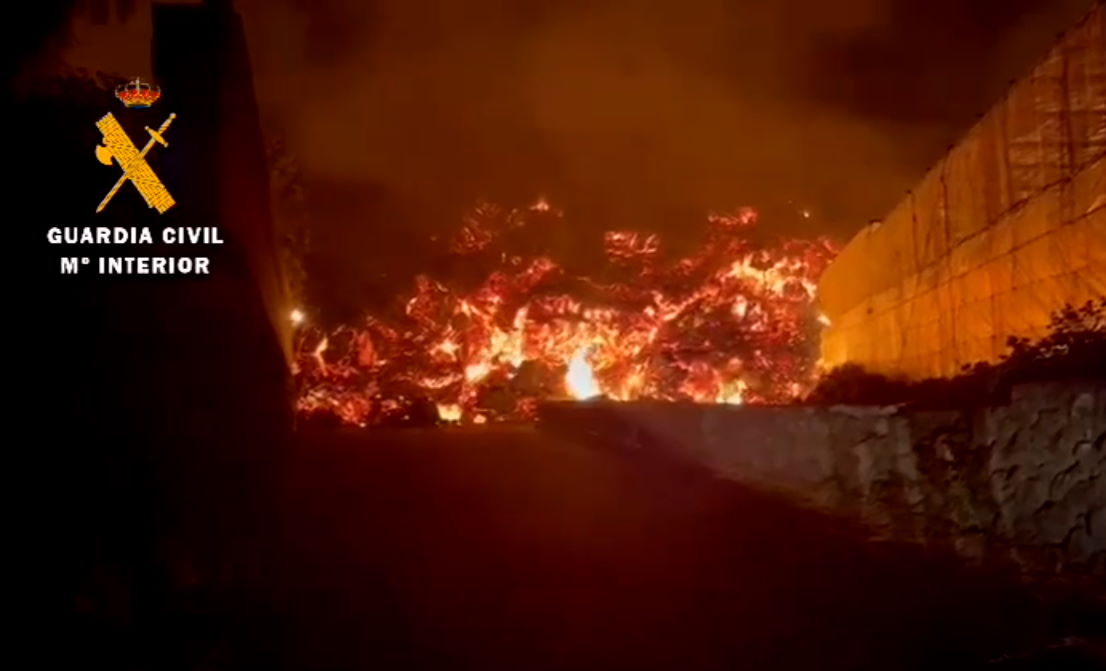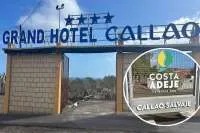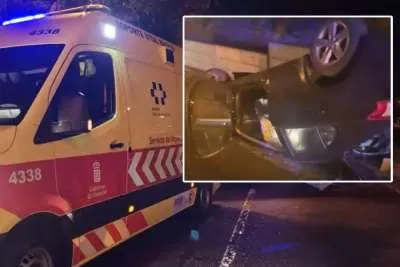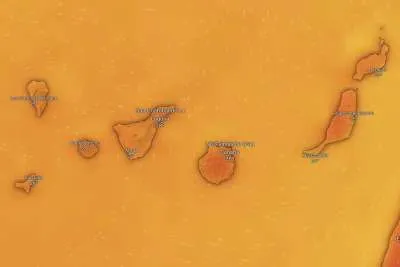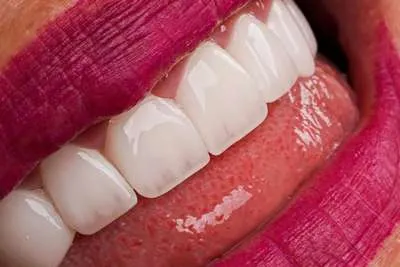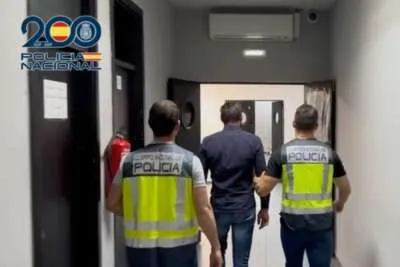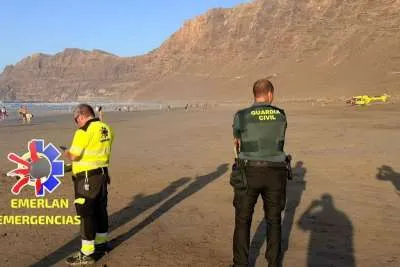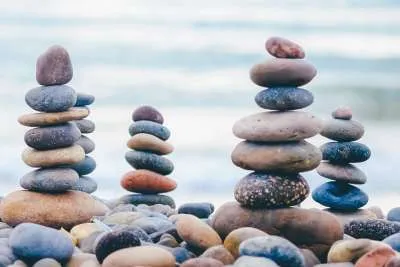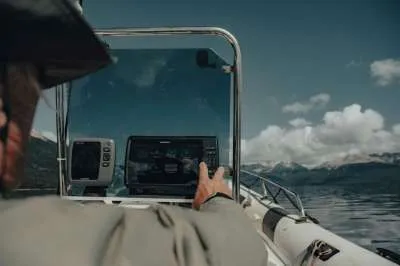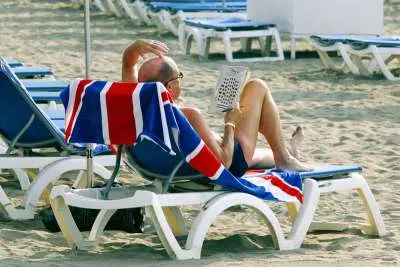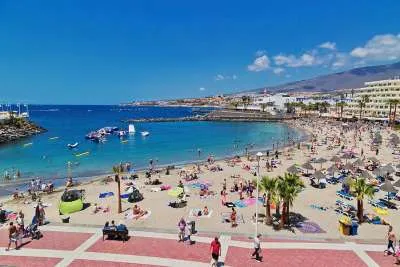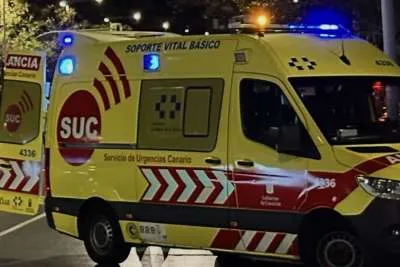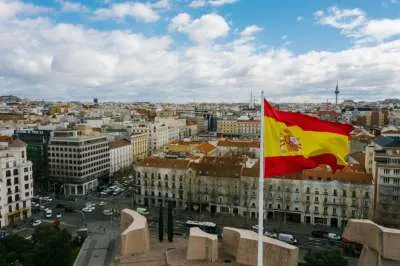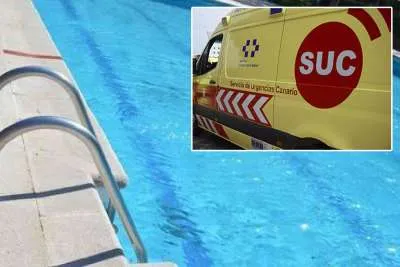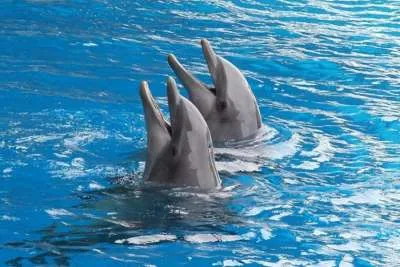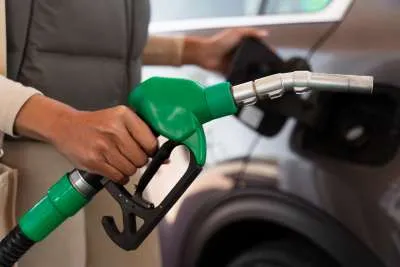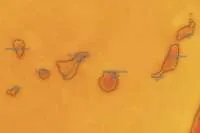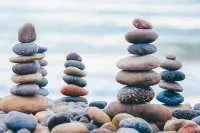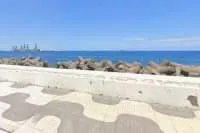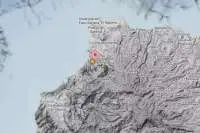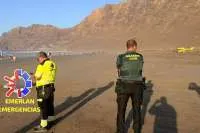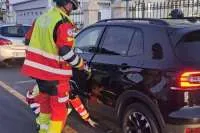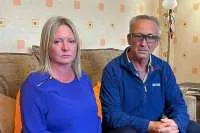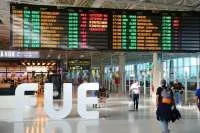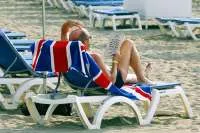LA PALMA UPDATE: Lava flows cover 153 hectares and have destroyed 320 buildings
- 22-09-2021
- Tenerife
- Canarian Weekly
The lava that continues to come out of the 'Cumbre Vieja' volcano since it erupted on Sunday now covers an area of 153 hectares, an increase of 50% in 12 hours, and has destroyed 320 buildings, according to calculations made by the Volcanological Institute of the Canary Islands from satellite images from the Copernicus program.
The eruption continues to show the same eruptive style, with a strombolian mechanism, from a fissure in a north-southwest direction, and the approximate average speed of advance of the front of the lava flow is now 200 metres per hour, continuing its advance towards the sea, with a maximum thickness of 10-12 metres at temperatures of 1,100°C.
Those affected by the volcano are filled with anguish and despair at the destruction of the landscape by the lava flows and ask that it be spoken of as a "catastrophe" and not a "spectacle".
"The volcano is not a spectacle, much less a party, it is an enemy that is doing great harm to the people of La Palma, a terrifying monster against which we cannot do anything," Elsa López, poet and adopted daughter of the island, warned yesterday from La Palma, moved by the catastrophe that is featured on televisions and newspapers around the world.
“When the lava engulfs a house, a whole past disappears, a whole family story”, the writer stressed in front of the Televisión Canaria cameras, adding, “what does one take from their home when they are told to leave immediately?”, reflecting on the comments of a young mother forced to flee her home due to the proximity of the lava, who said: “ I had to leave my child's toys”.
The tragedy of the eruption grows as each day passes. The devastation spreads in the form of a double tongue of fire that advances down the slope and roads devouring houses, schools, roads and banana plantations on the way to the sea, whose ferocity you only appreciate at night when you can see how hot and devastating it is.
Valentín and his family suffered the same fate on the Camino de la Vinagrera, "Daddy, daddy, look what is coming our way" was the last thing he heard his son say before running out of a house that no longer exists. 30 years of life buried under the lava. He says that from that moment he cannot look at the eruption as other neighbours do, and he doesn’t stop wondering what will happen to his family.
"We are at the mercy of what the volcano is doing, which advances by spreading its wings," said Gara, a resident of San Nicolás, between resignation and despair, one of those affected by the last mouth of lava emission, “waiting to find out If your house will survive the 20-foot-high, 1,000-degree-temperature wall that moves downhill like an insatiable shredder or not, is the most difficult bit.”
Other articles that may interest you...
Trending
Most Read Articles
Featured Videos
A Vision of Elvis Tenerife Promo
- 10-05-2025
Tenerife Travel Guide
- 13-12-2024
Live webcam from Lanzarote airport
- 13-12-2024


